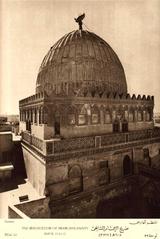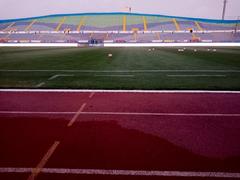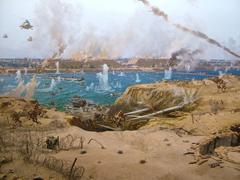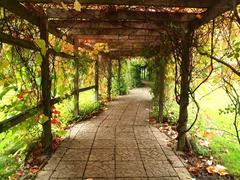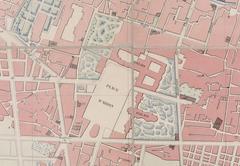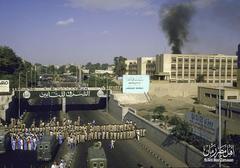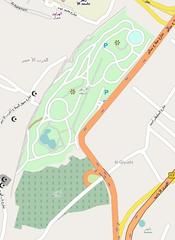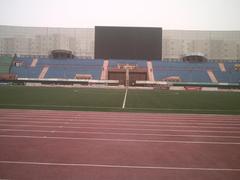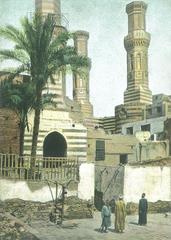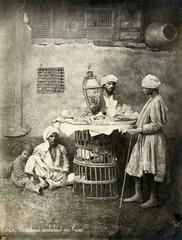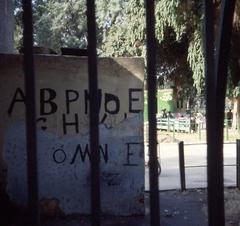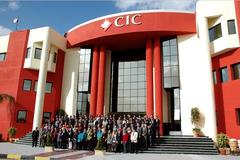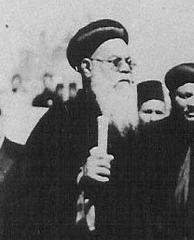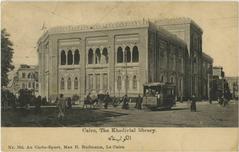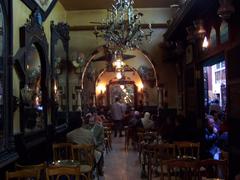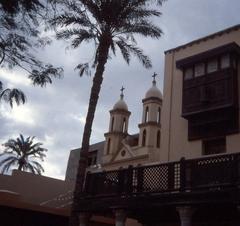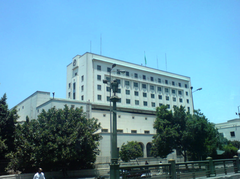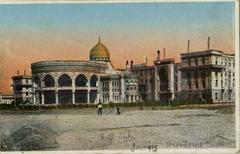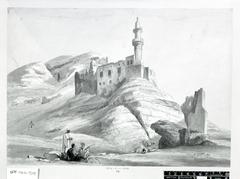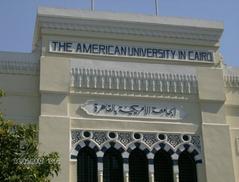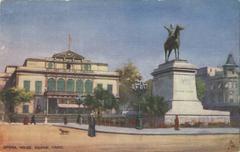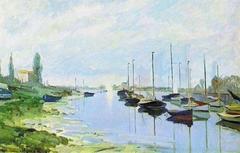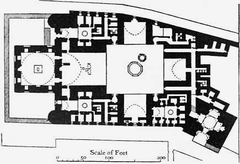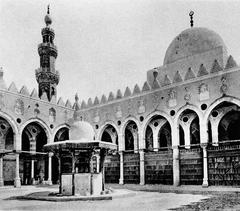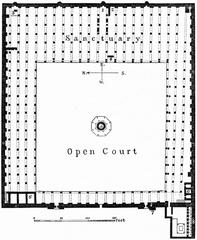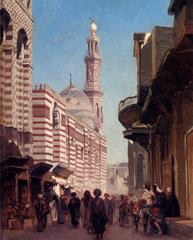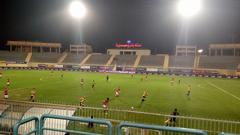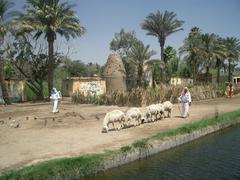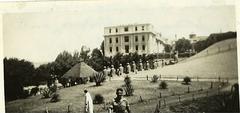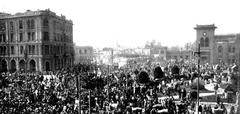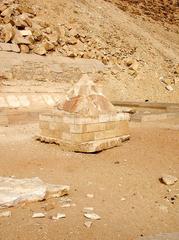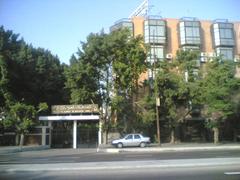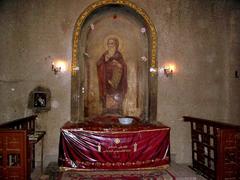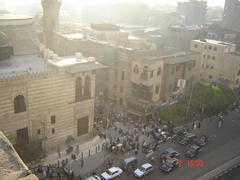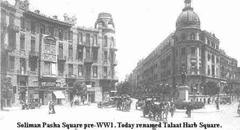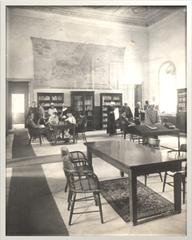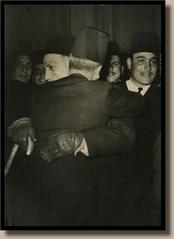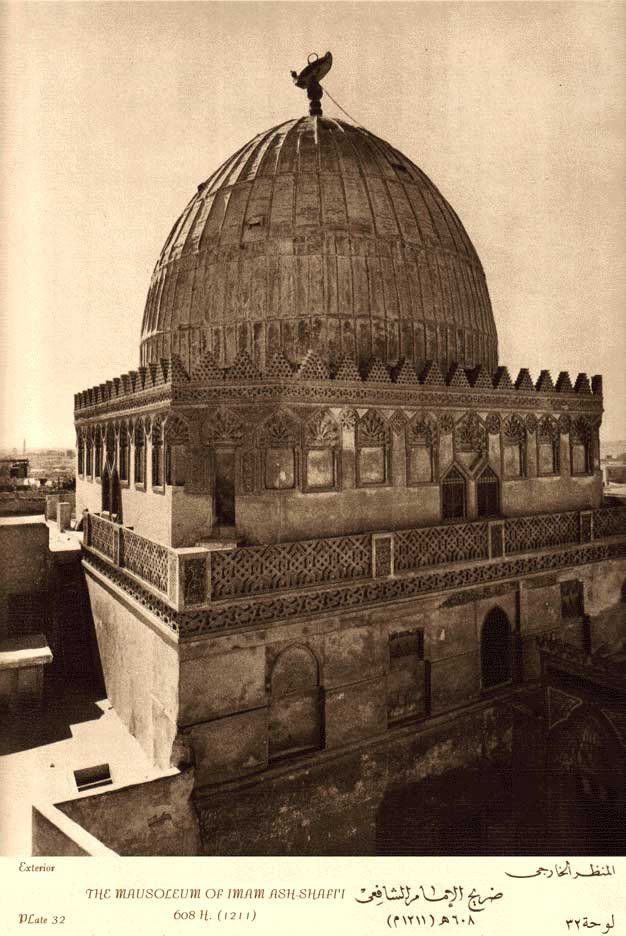
Visiting the Mausoleum of Imam Al-Shafi’i in Cairo: Hours, Tickets, History, and Travel Tips
Date: 14/06/2025
Introduction
Located in Cairo’s historic Southern Cemetery, also known as the City of the Dead, the Mausoleum of Imam Al-Shafi’i stands as one of the city’s most important Islamic monuments. Dedicated to Muhammad ibn Idris al-Shafi’i (767–820 CE)—the founder of the Shafi’i school of Sunni jurisprudence—the mausoleum is not only a revered pilgrimage site but also a masterpiece of medieval Islamic architecture. Its significance resonates through centuries as a center for religious scholarship, Sufi practice, and community life, reflecting the depth and diversity of Cairo’s Islamic heritage.
Historical Background
Commissioned in 1180 CE by the Ayyubid Sultan Salah al-Din (Saladin), the mausoleum was conceived as both a spiritual sanctuary and a political statement, emphasizing Sunni orthodoxy after the Fatimid Shi’a dynasty’s decline. Imam Al-Shafi’i’s simple burial site in Fustat had already become a magnet for scholars and devotees, prompting the Sultan to create a monument befitting his enduring influence.
The most notable architectural expansion occurred in 1211 CE, under Sultan al-Malik al-Kamil, who added the grand wooden dome—still one of the largest in Egypt. This dome, covered in lead for protection against the elements, became emblematic of Ayyubid and early Mamluk design. Over subsequent centuries, the mausoleum was further enhanced, notably during the Ottoman period, when it was linked to the nearby Ḥūš al‑Bāšā Royal Cemetery, the burial ground of the Muhammad Ali dynasty.
Architectural and Artistic Features
Exterior Architecture and Setting
The mausoleum’s monumental presence begins with its 15-meter-square stone base, supporting the imposing wooden dome. The dome’s rounded profile marks a shift from earlier Fatimid styles, while the copper boat at its apex, traditionally filled with birdseed, symbolizes blessing and guidance. Decorative stucco, geometric patterns, and carved colonnettes blend Andalusian, Fatimid, and local influences, making the exterior a study in Islamic art’s evolution (Archnet).
Interior Highlights
Inside, visitors encounter the beautifully inlaid wooden cenotaph, adorned with Qur’anic inscriptions in Kufic and Ayyubid scripts—crafted by Abid al-Najar in 1178 CE. The chamber’s soaring dome and painted stucco create an immersive spiritual atmosphere, while colored marble floors and restored ceilings showcase the Ayyubid aesthetic. Recent restorations have uncovered and preserved intricate decorations, ensuring the site remains both authentic and accessible.
Religious and Cultural Significance
The mausoleum’s establishment signaled a broader Sunni revival in Egypt, reinforcing Cairo’s status as a hub of Islamic scholarship. As the founder of one of Sunni Islam’s four legal schools, Imam Al-Shafi’i’s tomb became a destination for scholars, Sufi mystics, and pilgrims. The site hosts dhikr ceremonies, Qur’anic recitations, and the annual urs (death anniversary) commemorations, serving as a living center of spiritual practice (travel2egypt.org).
Surrounding madrassas and its proximity to institutions like Al-Azhar Mosque and University further cement the mausoleum’s place in Cairo’s religious and educational landscape. The site also facilitates interfaith dialogue and community engagement, welcoming visitors of all backgrounds who seek to appreciate its architectural and historical richness.
Visiting the Mausoleum: Practical Information
Visiting Hours and Tickets
- Opening Hours: Typically open daily from 9:00 AM to 5:00 PM, with variations during Ramadan and Islamic holidays.
- Tickets: Entry is free as of 2025; donations for maintenance are appreciated.
- Group Visits: For organized tours or large groups, contact the site administration in advance (Egyptian Ministry of Tourism).
Accessibility
- Wheelchair Access: The main entrance is accessible, but interior areas may have steps and uneven flooring.
- Facilities: Basic restrooms are available near the entrance.
Getting There
- Location: Southern Cemetery (al-Qarafa al-Sughra), Cairo.
- Transport: Closest metro station is Sayeda Zeinab (2.5 km away); taxis and tuk-tuks are recommended for the final stretch (Google Maps location).
- Navigation: Arabic signage predominates; bring a navigation app or arrange transportation in advance.
Nearby Attractions
- Religious Sites: Mausoleum of Sayyida Nafisa, Mosque of Ibn Tulun, and the Muhammad Ali dynasty tombs.
- Historic District: The City of the Dead offers a wealth of Islamic funerary architecture, best explored with a guide for context and safety (Atlas Obscura).
Guided Tours and Interpretation
- Tour Options: Local guides are available at the entrance or through Cairo-based operators; tours typically last 30–45 minutes, with commentary in English, French, and Arabic.
- Audio Guides: Mobile apps and downloadable guides are recommended for deeper insight (Cairo360).
Visitor Amenities
- Food & Drink: No on-site cafés; vendors outside sell snacks and religious items. Bring bottled water, especially in summer.
- Seating: Limited inside; courtyard offers shaded rest spots.
- Souvenirs: Small stalls outside offer prayer beads, books, and memorabilia.
Cultural Etiquette and Visitor Conduct
- Remove shoes before entering the prayer hall; racks are provided.
- Dress modestly: women should cover hair, arms, and legs; men should avoid shorts.
- Maintain silence and respect religious practices, especially during prayers.
- Photography is allowed (no flash or tripods); restrictions may apply during ceremonies.
Peak Times and Crowd Management
- Busy Periods: Fridays, weekends, Islamic holidays, and the annual urs of Imam Al-Shafi’i.
- Best Times to Visit: Weekday mornings or early afternoons for a quieter experience.
Safety and Security
The area is generally safe during daylight hours, with visible security. Remain attentive to personal belongings and avoid wandering into residential alleys alone (Lonely Planet).
Restoration and Conservation
A major restoration completed in 2021 revitalized the structure, dome, and decorations, enhancing safety and accessibility without compromising historical integrity (Ahram Online). Annual visitor numbers have grown, reflecting renewed interest in Cairo’s historic sites.
Special Events and Photography
- Events: Major Islamic holidays and Imam Al-Shafi’i’s birthday draw large pilgrimages.
- Photography: Courtyard and dome are ideal for photos; avoid flash and respect religious observances.
Frequently Asked Questions (FAQ)
Q: What are the opening hours?
A: 9:00 AM to 5:00 PM daily, with possible changes during holidays.
Q: Is there an entrance fee?
A: No; entry is free as of 2025. Donations are welcome.
Q: Are guided tours available?
A: Yes, from local guides or tour operators.
Q: Is the mausoleum accessible to visitors with disabilities?
A: The main entrance is accessible; some interior areas may be challenging.
Q: What is the recommended dress code?
A: Modest attire is required; women should cover hair, arms, and legs.
Q: Can I take photographs inside?
A: Yes, without flash or tripods; be respectful during religious activities.
Visitor Recommendations
- Arrive early for a peaceful visit.
- Dress appropriately and bring a headscarf if you are a woman.
- Allocate at least an hour for a thorough experience.
- Consider a guided tour for deeper historical and architectural context.
- Respect local customs and religious practices.
Summary and Visitor Insights
The Mausoleum of Imam Al-Shafi’i remains a profound symbol of Cairo’s Islamic, architectural, and spiritual legacy. From its origins as a center for Sunni revival, through centuries of architectural innovation and religious devotion, it stands today as a beacon for both pilgrims and history enthusiasts. Its ongoing restoration, community engagement, and educational initiatives ensure that the site continues to inspire and inform visitors from around the world.
For up-to-date information, event schedules, and self-guided tour options, consult the Egyptian Ministry of Tourism, Cairo Tourism Board, and UNESCO World Heritage Centre. Enhance your journey with academic insights from sources like The Mausoleum of Imam al-Shafi’i - Academia.edu.
For a more immersive experience, download the Audiala app for self-guided tours and real-time updates, and follow our platforms for the latest on Cairo’s historical heritage.
Sources
- The Mausoleum of Imam al-Shafi’i - Academia.edu
- Cairo Tourism Board Official Website
- UNESCO World Heritage Centre
- Travel2Egypt.org: Islamic Cairo and its religious significance
- Archnet: Mausoleum of Imam Al-Shafi’i
- Egyptian Ministry of Tourism: Mausoleum of Imam Al-Shafi’i
- Cairo360: Mausoleum of Imam Al-Shafi’i: A Monumental Restoration
- Ahram Online: Mausoleum of Imam Al-Shafii in Cairo restored
- Lonely Planet: Mausoleum of Imam Al-Shafii
- Atlas Obscura: Mausoleum of Imam Al-Shafii
